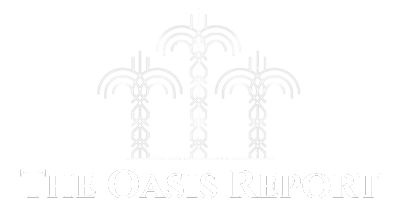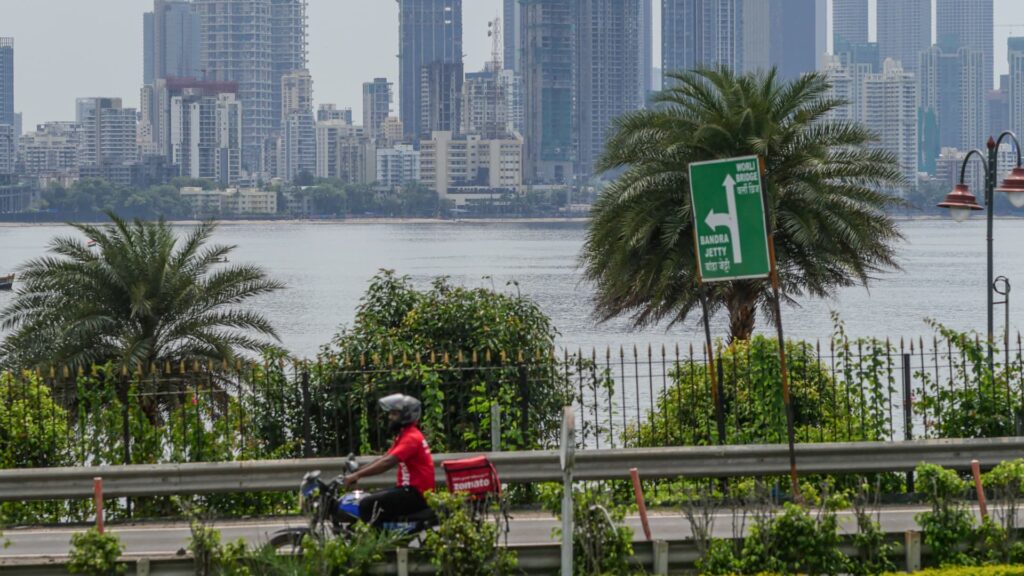Volatility has gripped global equity markets this year — and according to some asset managers, now could be the perfect time to rethink emerging markets. Developing economies were hit particularly hard by U.S. President Donald Trump’s so-called “reciprocal tariffs” plans when he unveiled them in April, with Sri Lanka, Cambodia and Vietnam slapped with tariffs of 44%, 49% and 46%, respectively. The end of a 90-day pause on the new tariff rates is looming, with the country-specific duties set to come into effect on July 8 — but according to Bank of America’s Fund Manager Survey, institutional investors aren’t convinced the sky-high rates will hold. BofA’s most recent Global Fund Manager Survey noted that investors were pivoting to emerging markets, with allocation to equities from these developing economies now at its highest since August 2023. The survey polled 222 fund managers, who collectively manage assets worth $587 billion, between June 6 and June 12. Investors included in the survey were net 28% overweight emerging markets stocks, compared to a net 11% overweight the previous month. “Asked on their expectation for the final tariff rate the US would impose on all imports from trading partners, 77% anticipated a duty rate of lower than 82%, and only 1% expect it above 30%,” BoA analysts said in the report. “Altogether, the weighted average US tariff rate is expected at 13%.” Investment banks themselves are also jumping into the ring. On Tuesday, Goldman Sachs announced the launch of its Emerging Markets Green and Social Bond Active ETF. The fund invests mainly in emerging markets corporate and sovereign fixed income securities, where the issuers intend to allocate use of the proceeds to green and social projects. It will be listed on exchanges including the London Stock Exchange, Borse Italiana, Deutsche Börse and SIX. ‘EM-ification’ of developed markets Widespread tariffs on imports to the U.S. will be a negative for all asset classes, according to Archie Hart, a co-portfolio manager focused on emerging markets at asset management giant Ninety One. However, he argued that the “EM-ification” of developed markets could bring emerging markets to the forefront as investors seek opportunities in a world of volatility. “The economic policy and central bank policy in [emerging markets] has been pretty pragmatic,” he told CNBC. “They’ve been pretty conservative. They raised rates first when inflation came in, they’re generally running deficits which are less than some in developed markets, whereas we’ve seen more volatile economic policy out of [developed markets].” Major equity markets across the U.S., Asia and Europe have been impacted by the rapidly changing trade policy announcements coming out of the White House. Ninety One’s Hart said that in recent months, confidence in developed markets’ institutions and policymaking had taken a hit, and investors were starting to question long-held positions . “You have developed markets which, particularly in relation to the U.S., are very crowded trades,” he explained. “Everybody’s there, and valuations are towards the top end of historical levels. We have emerging markets which have been very much out of favor, with valuations very low versus historical levels.” He said in the short term there was volatility across global assets of all classes — but argued that the long-term picture for emerging markets looked bright, given the cheaper valuations, the “uncrowded and underowned” nature of the market and increasingly transparent policy making. Where are the opportunities? Meanwhile, BofA said on Monday that it was moving to overweight on Uzbekistan external debt, referring to sovereign debt held by foreign investors. “The country benefits from high gold prices, which we see moving even higher in the near future, supporting the current account, fiscal balances and FX reserves,” the bank’s strategists said in a note. “Progress is being made on energy tariff reform, further supporting the budget and reducing sovereign borrowing needs. We also see a full rating upgrade this year on the back of S & P’s and Moody’s positive outlooks over the past few weeks.” It came after JP Morgan on Friday also suggested investors consider putting money in Uzbekistan. In a note, researchers from the investment bank downgraded Dubai real estate bonds and advised: “We would instead recommend investors switch into geopolitically stable Uzbekistan for similar or higher yields.” Bordering five countries including Kazakhstan and Afghanistan, Uzbekistan has seen average annual GDP growth of 5.3% since 2017, according to the World Bank . Elsewhere, Greg Luken, founder and president of Tennessee-based Luken Wealth Management, also told CNBC he saw plenty of opportunity in other emerging markets. “Emerging markets have long been the redheaded stepchild of asset allocation, receiving 2% to 4% allocations from most firms,” he said in an email, noting that things were nevertheless changing. “With favorable demographics and huge discounts relative to U.S. markets based on price-to-sales, price-to-earnings, emerging markets still represent a good value and why we’ve had outside allocations all year and continue to do so. India, Brazil, and China still have significant upside potential,” he said. Deutsche Bank has also argued the case for some of those countries in recent weeks. In a May note, Mallika Sachdeva, a London-based strategist at the German lender, and Peter Sidorov, a senior economist, argued that “the time for the Global South is now.” They defined the Global South as a bloc of more than 130 countries including India, South Africa, Bangladesh, Pakistan, Vietnam and Saudi Arabia. Various tailwinds are at play for the Global South, Sachdeva and Sidorov argued. These include shifting demographics — with the region expected to be home to more than 70% of the global workforce by 2040 — its position in global supply chains, and the fact that it accounts for 20% of the world’s nominal GDP (gross domestic product). Deutsche Bank’s top 10 Global South countries for investors to watch were India, Indonesia, Brazil, Mexico, Saudi Arabia, Egypt, the Philippines, Vietnam, Turkey and the UAE. The Philippines and Vietnam were tied in seventh place. “Developed international markets have historically moved in fits and starts,” Luken Wealth’s Luken told CNBC. “Emerging markets even more so with more volatility. All this could be the beginning of a new phase, different from the last four decades; it’s too soon to tell. But even though it’s too soon to tell, that doesn’t change what we should be doing today.”



